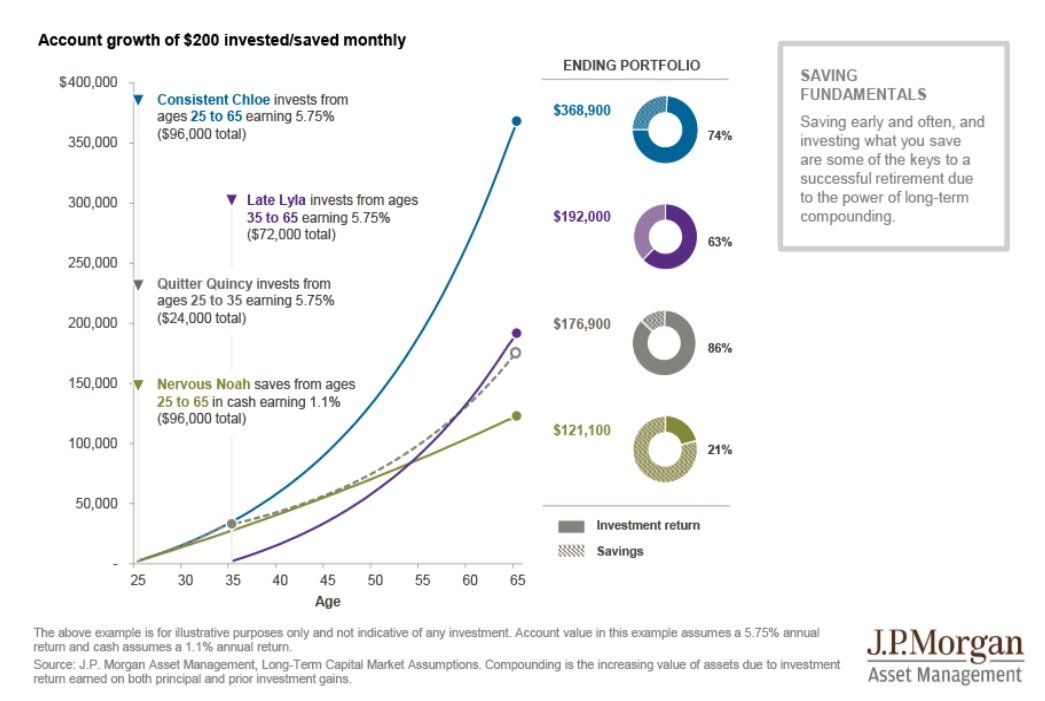 Contributed by: Sandra Adams, CFP®
Contributed by: Sandra Adams, CFP®
On a recent podcast focused on Longevity entitled “Nobody Plans for an Inactive Retirement,” Dr. Joe Coughlin from the MIT Age Lab commented that we all plan for our big goals in retirement. This includes the big trips, the projects, the events, and activities we want to check off our bucket list that we have been waiting decades to have the time and resources to achieve. However, he also says, “retirees have to have meaningful engagement, things to do every day that bring value to their lives; they have to be able to plan for what they will do on the most boring Tuesday afternoon, and know that they will feel satisfied with their day.”
We talk to clients about this as one of the pre-retirement planning items that is just as essential as the financial piece of their planning. Once you know you have enough money to be financially secure retiring, it is just as important to plan for what you will spend your time doing once you get there. And, of course, that includes all of the big goals. But that also includes what you will do every day in between; you have to have something meaningful to get up for every day, or your retirement will not be a success.
For many clients, the recent COVID pandemic and lockdowns were a trial run for what they might experience in retirement. Making sure the resources and technology were in place to maintain social connections, get resources when needed, and find meaningful things to do for many days in a row (instead of finding yourself in front of the television for hours on end) was a trial by fire for certain. We recommend that clients start building social networks outside of work, begin getting proficient at hobbies before they retire, dip their toes into volunteer opportunities they might be interested in pursuing later in life, and consider where they might want to live. This gives you the best opportunity to stay active and engaged as you age into your next stage of life.
As an added layer of planning, taking the opportunity to take some extended vacations or sabbaticals from work pre-retirement to “test drive” retirement is not a bad idea. Take some time to simulate retirement and see what it is like for you. You can often see what you are missing and what you have yet to plan for before jumping into the deep end.
Work with your financial planner to plan for your retirement. Remember that, in addition to making sure that you are financially secure and that your big goals are prepared for, you are planning for all of the normal, average days of your retirement. A good resource is “A Purposeful Retirement” by Hyrum Smith (click here to read the blog I wrote referencing this book). Planning for all facets of your retirement will give you the greatest opportunity to live your best retirement life. If you or anyone you know is planning for retirement and needs guidance, please reach out to us. We are always happy to help.
Sandra Adams, CFP®, is a Partner and CERTIFIED FINANCIAL PLANNER™ professional at Center for Financial Planning, Inc.® and holds a CeFT™ designation. She specializes in Elder Care Financial Planning and serves as a trusted source for national publications, including The Wall Street Journal, Research Magazine, and Journal of Financial Planning.
This material is being provided for information purposes only and is not a complete description, nor is it a recommendation. Any opinions are those of Sandra D. Adams, CFP® and not necessarily those of Raymond James.





















